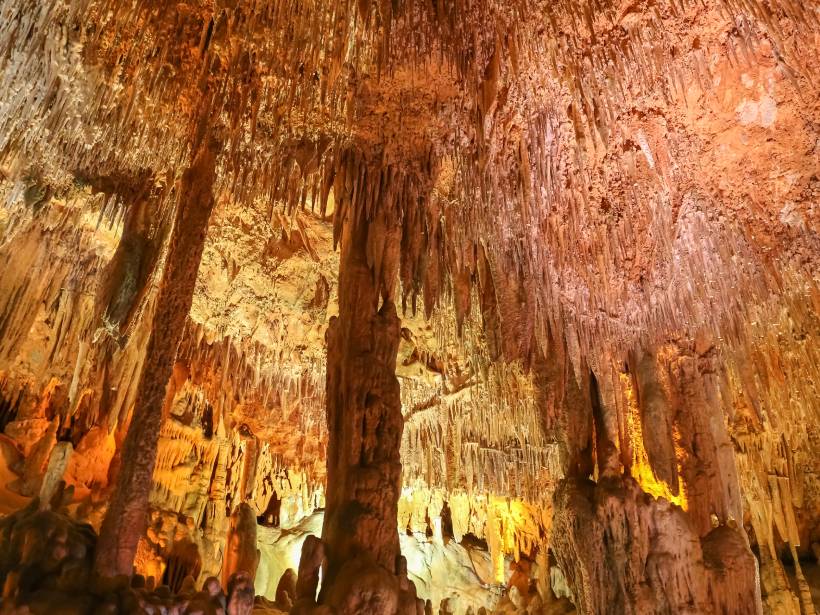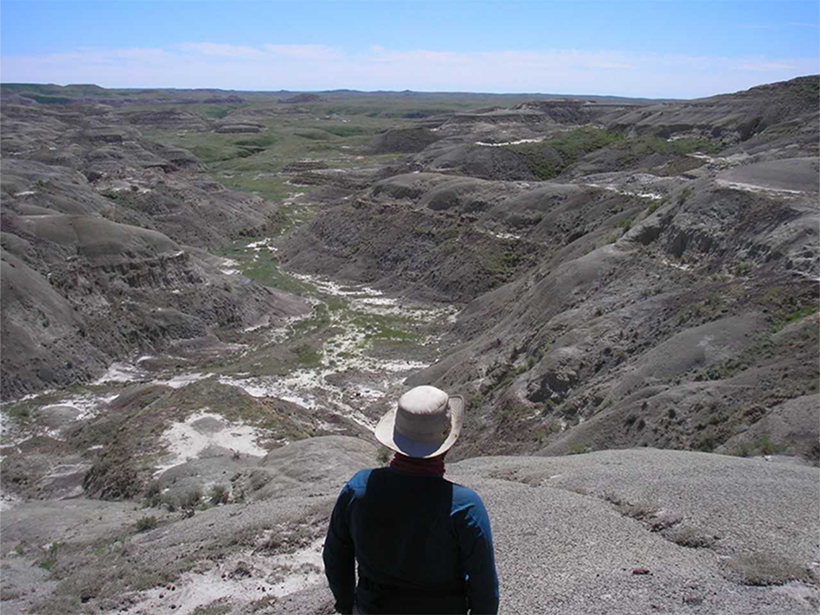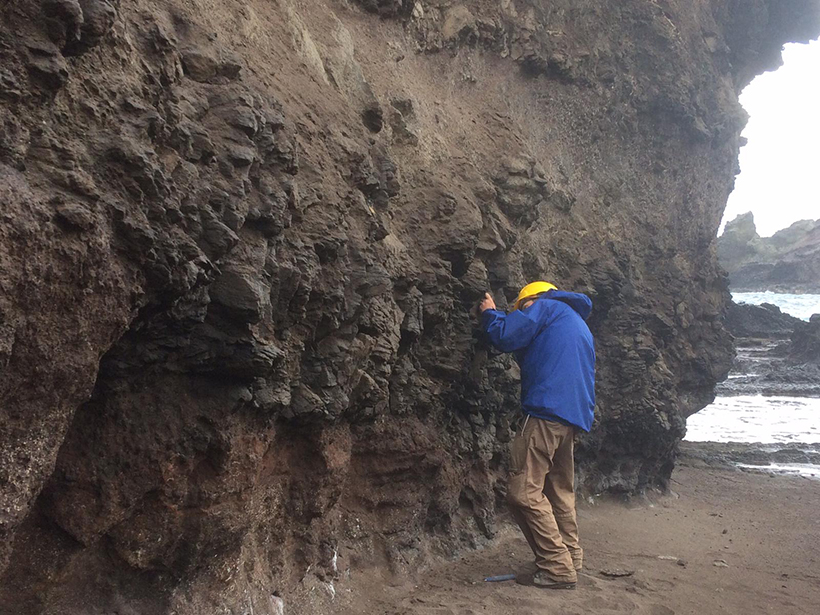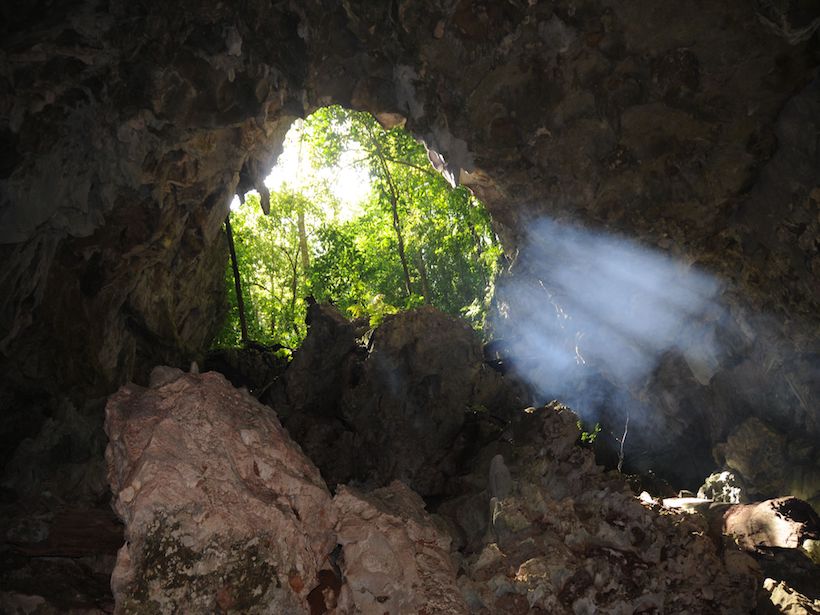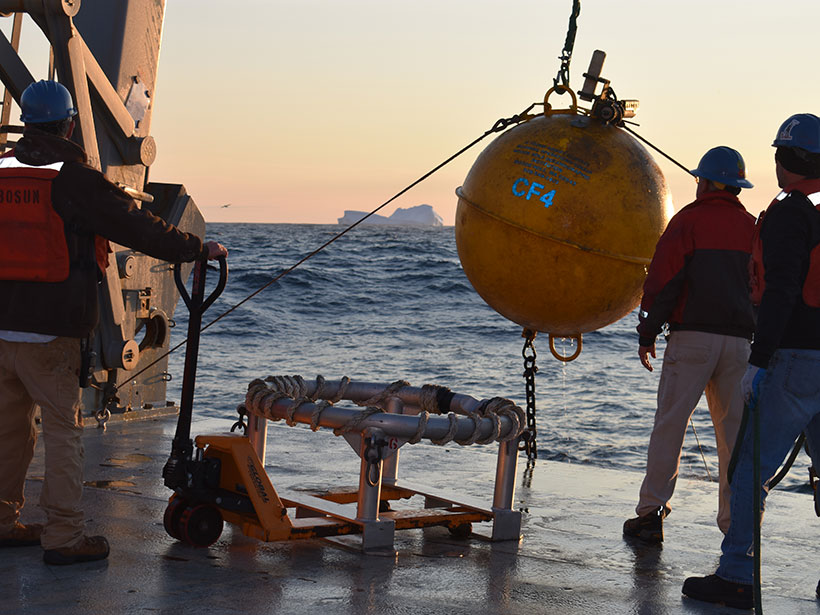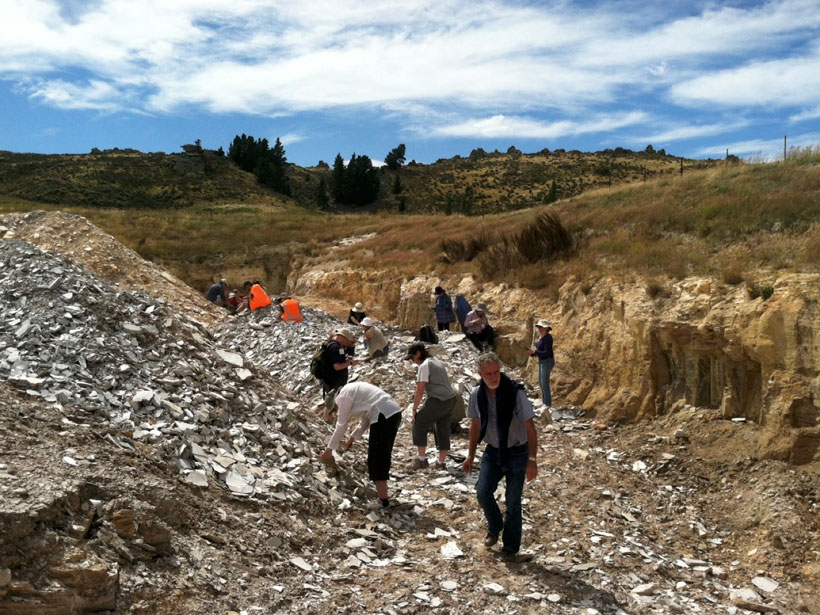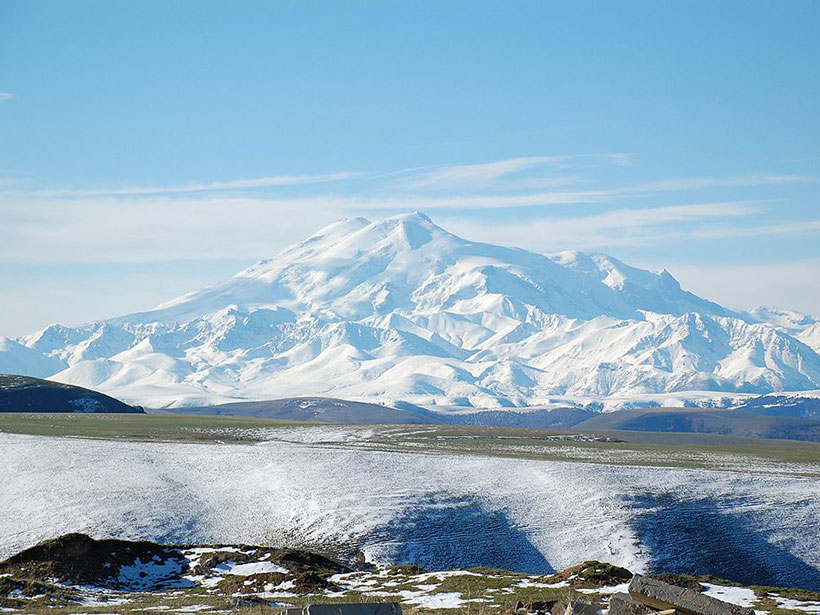Scientists analyzing cave formations in Turkey find layers of soot and charcoal in stalagmites, revealing that humans—and their fires—occupied caves thousands of years ago.
proxies
Terrestrial Plants Flourished After the Cretaceous–Paleogene Extinction
Compounds in ancient plant leaves tell the story of how an extinction event shaped our planet’s ecosystems.
A Robust Proxy for Geomagnetic Reversal Rates in Deep Time
The strength of Earth’s magnetic field in the distant past can tell scientists whether the planet’s magnetic poles were steady or prone to frequent reversals.
Megadrought Caused Yellowstone’s Old Faithful to Run Dry
Scientists studying wood samples preserved by Old Faithful have determined that the famous geyser was dormant for several decades during the 13th century due to a megadrought.
Bat Guano Traces Changes in Agriculture and Hurricane Activity
Researchers hiked and rappeled into two caves in Jamaica to collect over 40 kilograms of excrement.
Improving Proxy Representations of Ocean Properties
Many oceanic properties are not directly observed but are instead estimated using proxy measurements. A new method uses physics-based correlations to reduce uncertainty in this relationship.
Ancient “Pickled” Leaves Give a Glimpse of Global Greening
A unique fossil lake bed in New Zealand has revealed insights into global climate under elevated levels of carbon dioxide but is now off-limits to scientists.
Machine Learning Predicts Subsidence from Groundwater Pumping
Machine learning and data on aquifer type, sediment thickness, and proxies for irrigation water use has been used to produce the most comprehensive map of land subsidence in the western U.S. to date.
Fragrances in an Ice Core Tell a Story of Human Activity
An ice core from Europe’s highest peak contains scent-imparting molecules whose trends mirror the Soviet Union’s economic ups and downs.
Traduciendo Modelos Climáticos al Lenguaje de Datos Paleoclimáticos
Un nuevo modelo permitirá a los modelos climáticos interpretar mejor las reconstrucciones paleoclimáticas derivadas de sedimentos de lagos y podrá mejorar las predicciones de las condiciones climáticas futuras.

